
Six Ways To Fundy
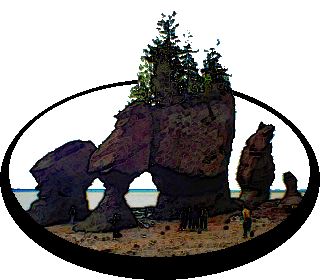

16 May 2022
The North Atlantic Arc Home
| May |
| S | M | T | W | T | F | S |
| 5 | 6 | 7 | ||||
| 8 | 9 | 10 | 11 | 12 | 13 | 14 |
| 15 | 16 | 17 | 18 | 19 | 20 | 21 |
| 22 | 23 | 24 |
 |
|
Monday 16 May 2022--I'm determined to get out and do something today.
Walk downtown and on down to the Historic Properties, 19th-century
warehouses redeveloped as retail space in the 1960s, years before similar
redevelopments at Baltimore's Inner Harbor, New York's South Street
Seaport, and Boston's Quincy Market. Walk south along the waterfront,
which has been a focus of tourist activity for as long as I've been visiting, but has
seen a good bit of expansion and improvement since I was here last. The brand
new Queen's Marque development, still getting its finishing touches, features a
peculiar set of steps leading down into the harbor. I've seen some discussion
online regarding the purpose of these, whether to provide a place for
despondent Haligonians to walk into the sea, or an entry point for invasive
green crabs to launch their takeover of the surface world. I couldn't guess.
Past the Maritime Museum of the Atlantic and the pioneering hydrographic survey ship CSS Acadia, there are food and souvenir stalls awaiting the opening of the summer season. There's a view on Georges Island, which has served military purposes for more than 270 years. It reminds me of another story of the conflict between the French and the British, long ago. In 1746, The French assembled a force of 11,000 men in 64 ships under the command of Admiral Jean-Baptiste Louis Frédéric de La Rochefoucauld de Roye, Duc d'Anville, intent on recapturing Annapolis Royal/Port Royal. Fitting and supplying took longer than planned, and the fleet did not depart until June 22. A storm in the Bay of Biscay held the convoy up; that was followed by a long dead calm off the Azores, and then another storm, during which several ships were hit by lightning (with one powder magazine exploding). By this time, there were outbreaks of typhus and scurvy. After two months, the fleet began to assemble at Sable Island, southeast of Nova Scotia, only to be scattered by yet another storm. Several ships were badly damaged, and forced to return to France. Finally, after three months at sea, the depleted fleet landed at Chebucto (now Halifax). Within a week, d'Anville was dead of a stroke. Late in September, his successor, Constantin-Louis d'Estourmel, mounted an attack on Annapolis Royal, augmented by forces that had come overland from Quebec, along with some local Acadians. These had been waiting for much of the summer for the French expedition to arrive. They were repelled, and d'Estourmel attempted suicide. The Marquis de la Jonquière succeeded him, and in late October, sailed from Chebucto intent on another assault on Annapolis Royal. Two days along the coast, he thought better of it, and turned around for France, sending word to the Quebec force to go home. The Acadians were hung out to dry. Not the first time, or the last. Duc d'Anville was buried on what would later be known as Georges Island. When Edward Cornwallis established Halifax three years later, d'Anville's remains were transferred to Louisbourg, on Cape Breton Island. I suppose that was a matter of honor. The Duc d'Anville Expedition is one of the great what-ifs of North American history. It's impossible to say how the arc of events might have been different, had d'Anville's expedition left France on time, made a timely crossing, and arrived in full force; but there's no doubt the route would have been a different one. More of Halifax's history awaits in the Maritime Museum. The central event explored here is the Halifax Explosion of 6 December 1917, when a French munitions ship collided with a Norwegian relief vessel in the Narrows of the harbor. The result was the most powerful man-made explosion prior to the advent of nuclear weapons. A large part of the north end of Halifax--a bit north of where I'm staying--was flattened, and damage was widespread. 1,782 people were killed, thousands injured and left homeless. A blizzard hit the next day, complicating rescue and relief efforts. [I won't get into any detail here--read the linked Wikipedia article.] The other major exhibit in the museum is about Halifax's role in rescue and recovery of the victims of the sinking of the Titanic in 1912. There's also an exhibit on the Franklin Expedition, which disappeared in the high arctic in the 1840s, while attempting to traverse the Northwest Passage. The two ships, the Erebus and Terror, were found in 2014 and 2016. [Again, read the Wikipedia article for more detail.] My feet have had enough of standing around the museum, so I catch the ferry and cross the harbor to Dartmouth. I looked at an Airbnb over there when I was planning, a nice spacious apartment in a house. I passed on it because there was no parking, and because I thought the commute across the harbor to Halifax might get old in three days. I want to see what I'm missing. Portland Street, the main commercial drag, compares well with the Gottingen Street neighborhood, although it's much more compact. I have a couple of pints at the Brightwood Brewery. There are several other pubs around that would have been worth checking out, if I had more time. I make it over to the Battery Park Beer Bar & Eatery, a few blocks away on Ochterloney Street, for dinner and another pint. Catch a bus which takes me over the foggy Macdonald Bridge and drops me back on Gottingen Street. Nightcap at Tusket Falls. It's been a good day. Next |
Around Halifax
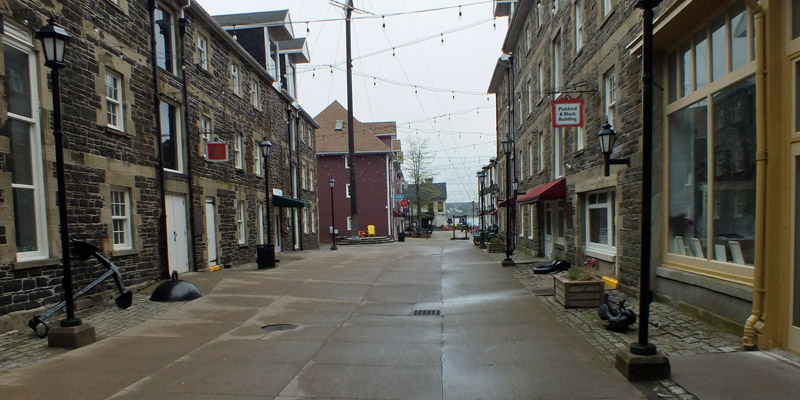 |
Historic Properties
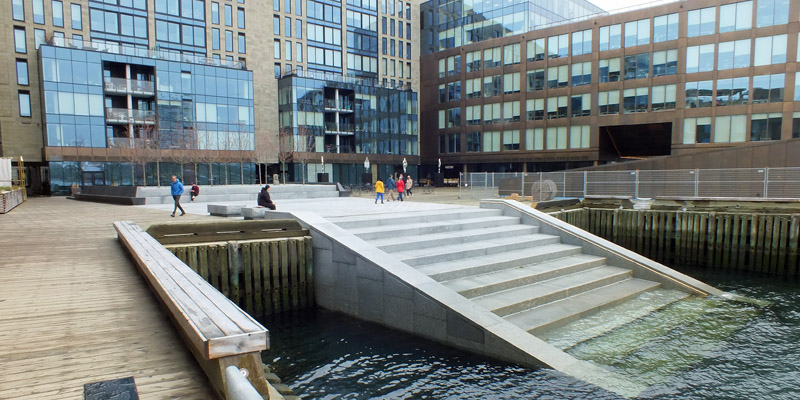 |
Queen's Marque
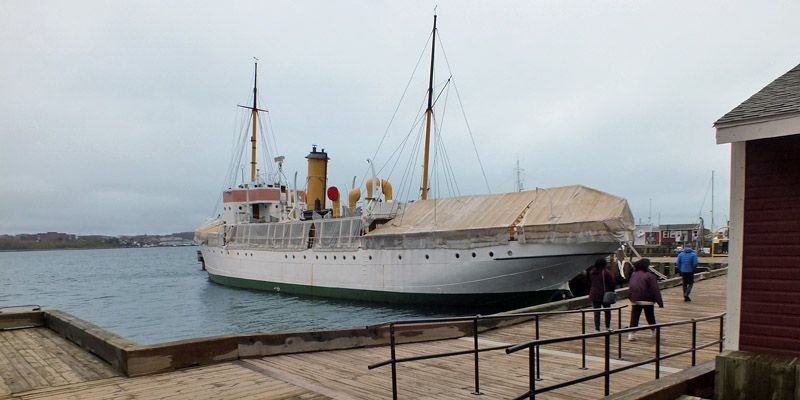 |
CSS Acadia
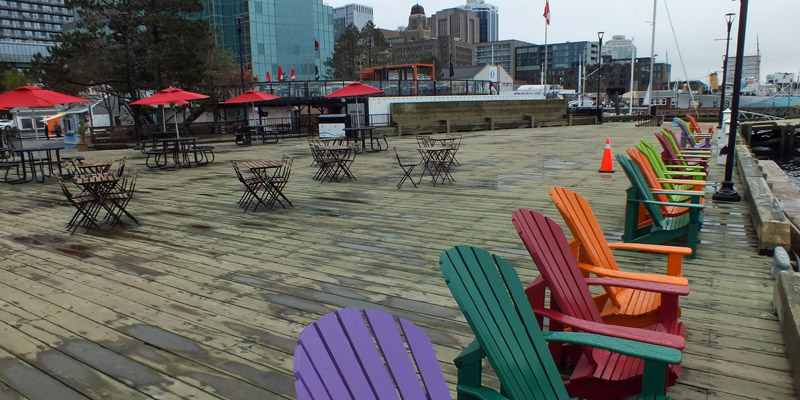 |
Waterfront Promenade
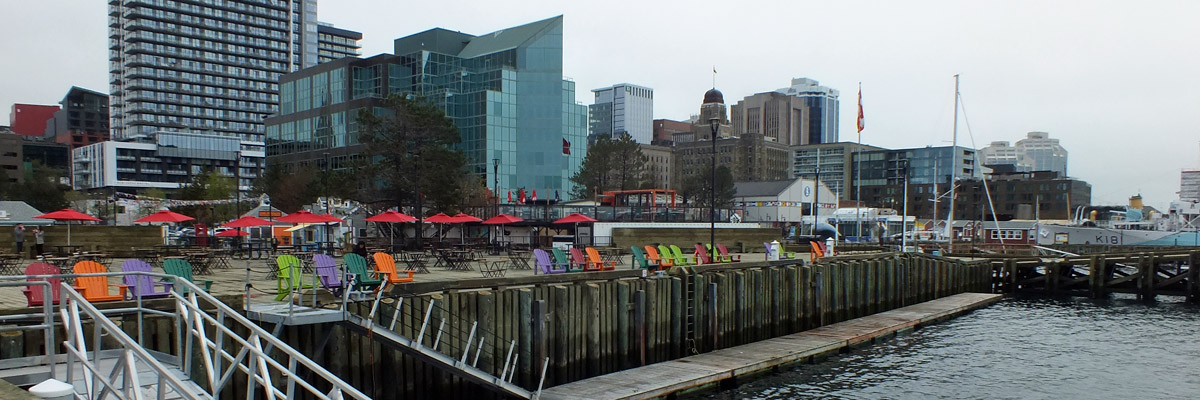 |
Halifax Waterfront
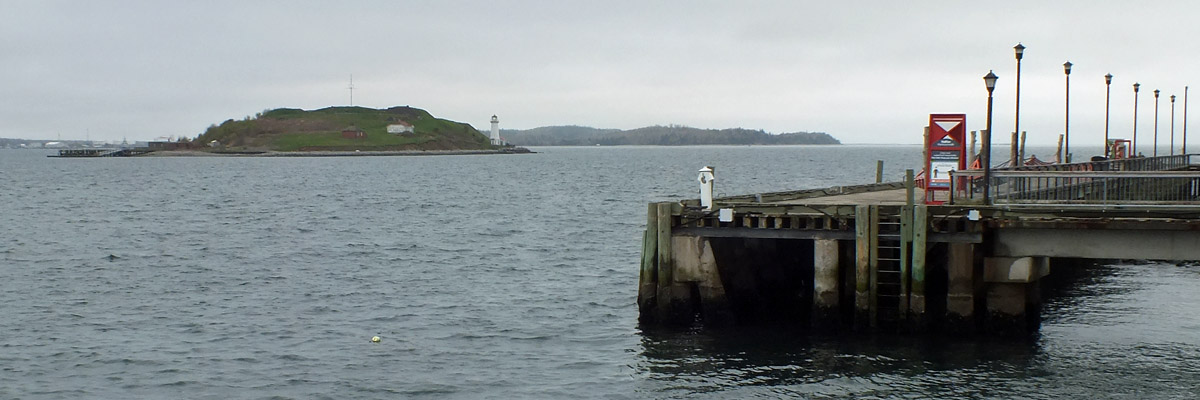 |
Georges Island
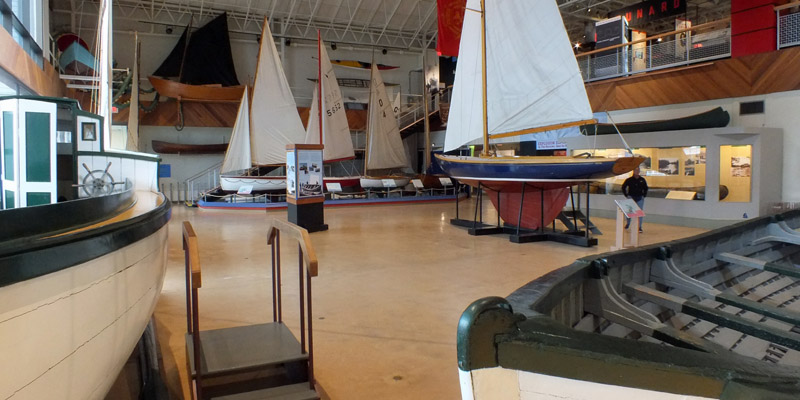 |
Maritime Museum Of The Atlantic
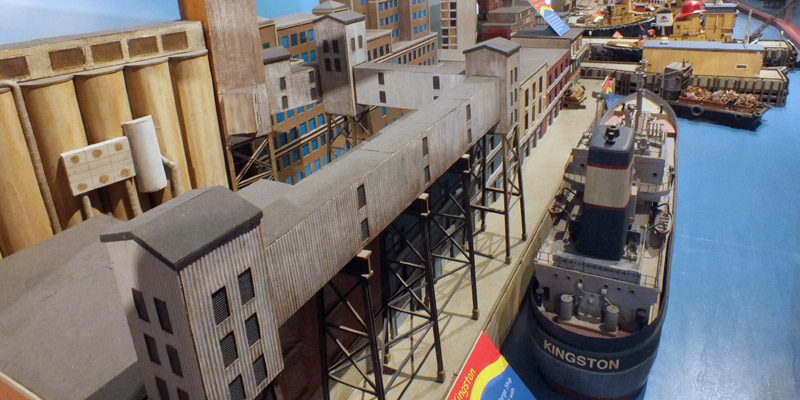 |
It's Only A Model
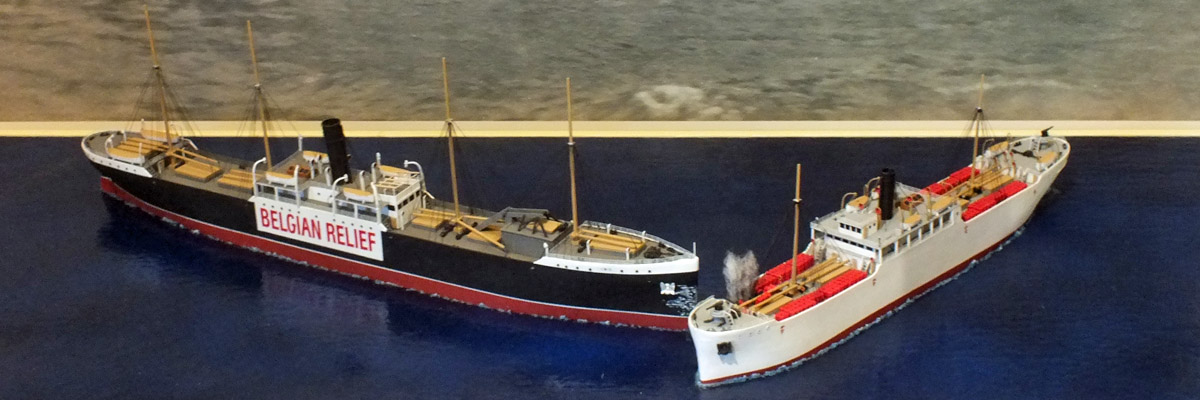 |
Also Only A Model
 |
I Only Have Eyes For You
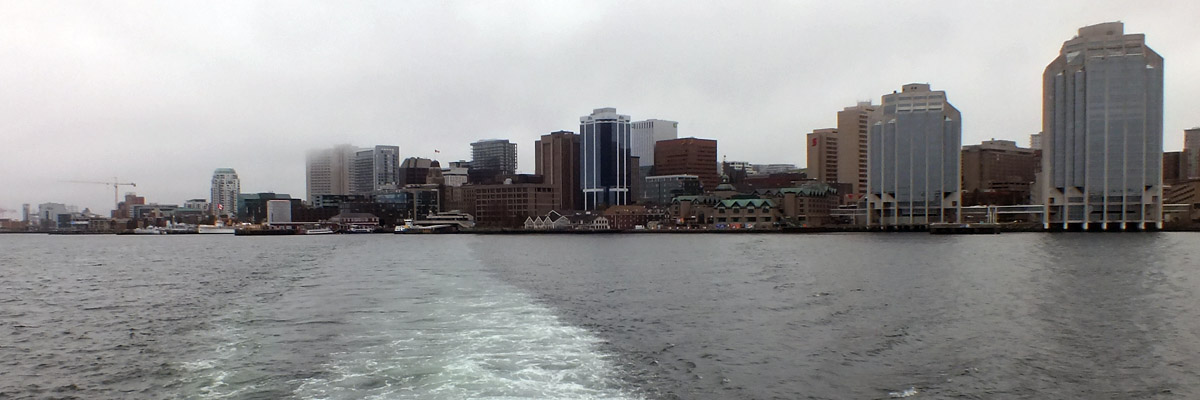 |
Halifax From The Ferry
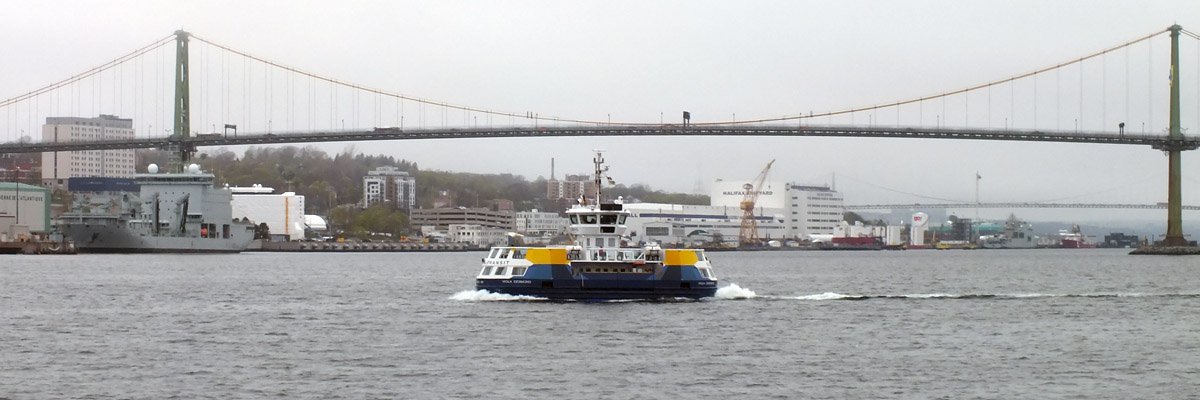 |
Opposite Number
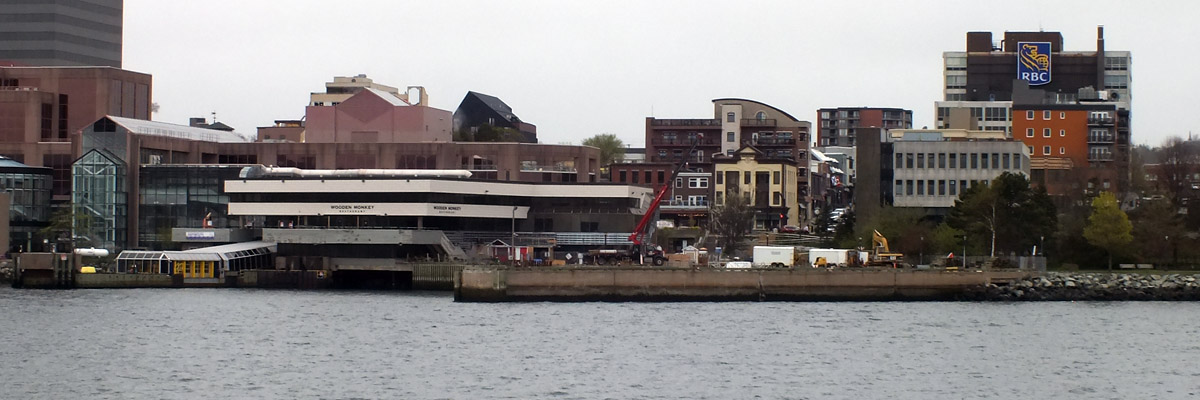 |
Dartmouth
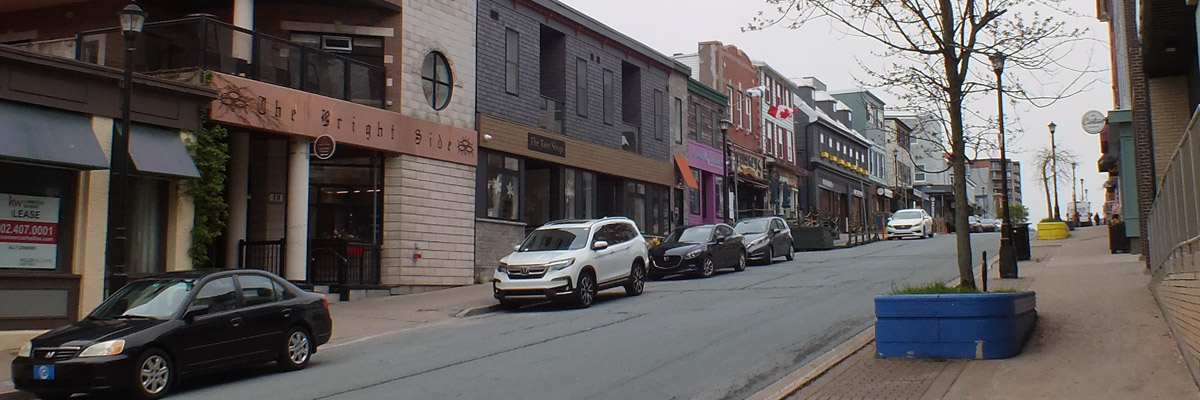 |
Portland Street
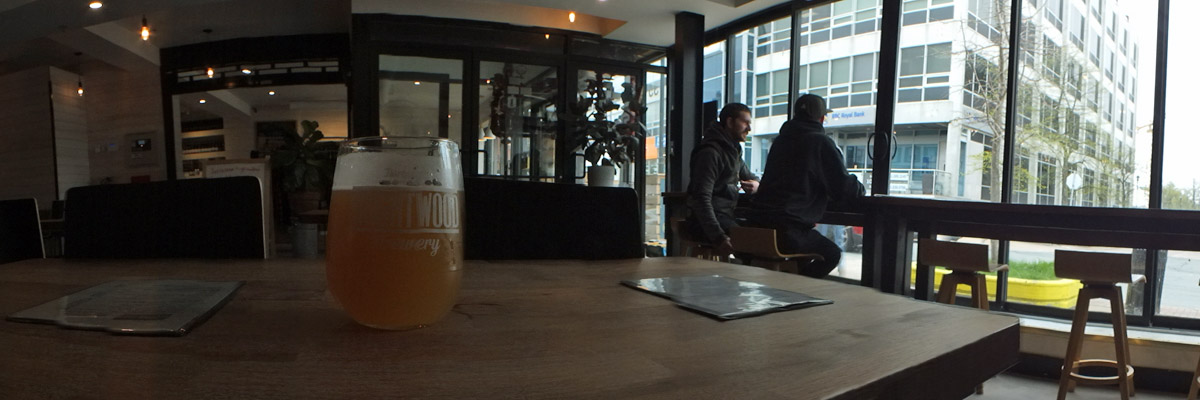 |
Brightwood Brewery
 |
Battery Park Beer Bar & Eatery
 |
My Ride Is Here
Next
| May |
| S | M | T | W | T | F | S |
| 5 | 6 | 7 | ||||
| 8 | 9 | 10 | 11 | 12 | 13 | 14 |
| 15 | 16 | 17 | 18 | 19 | 20 | 21 |
| 22 | 23 | 24 |
The North Atlantic Arc Home
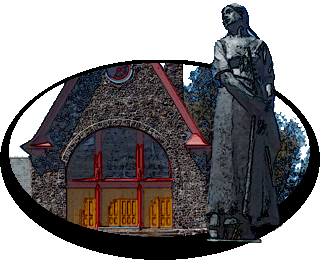
Mr Tattie Heid's Mileage
Results may vary
MrTattieHeid1954@gmail.com